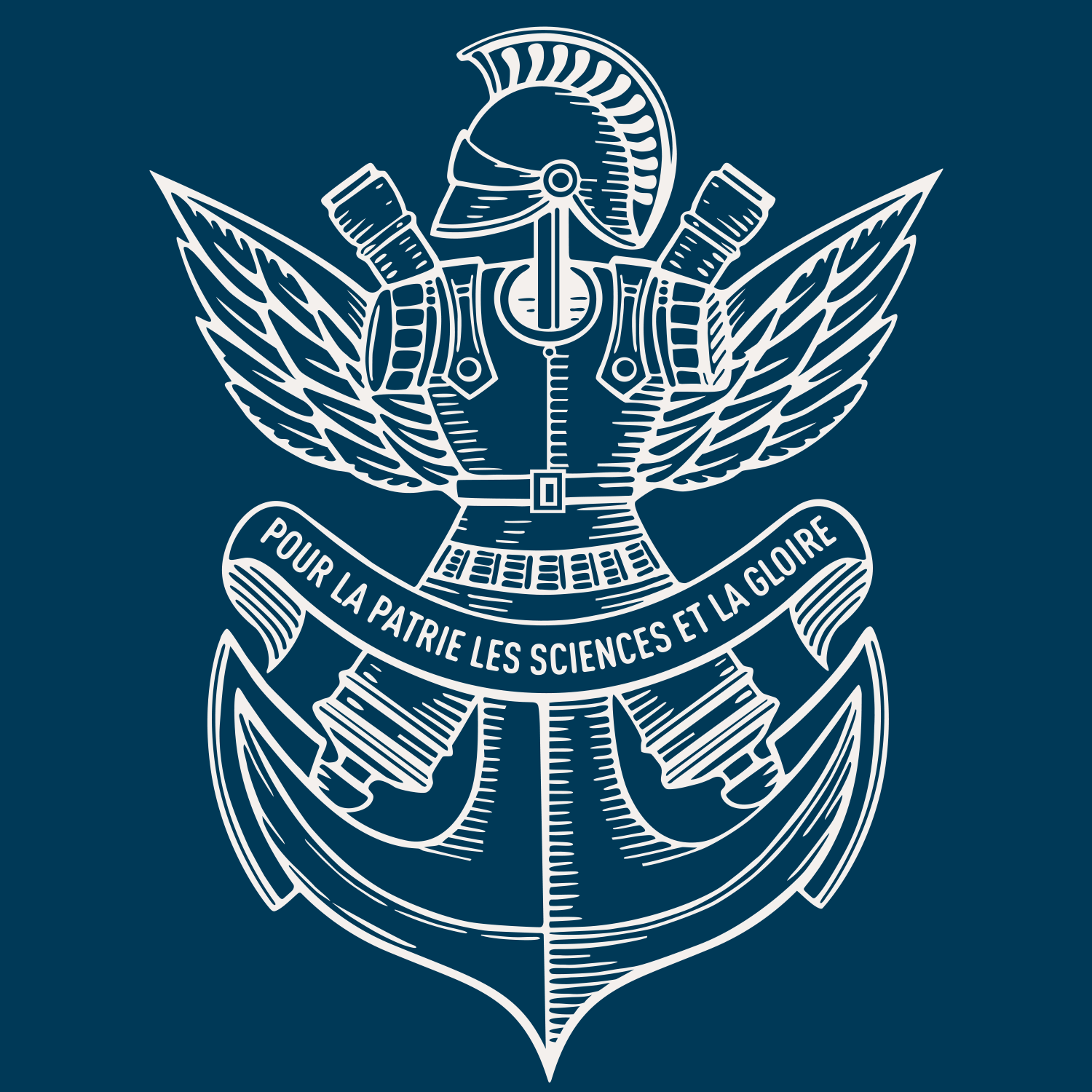Fragmentation reactions of phenoxide anions: deprotonated Dinoterb and related structures
Résumé
Dinoterb (6-t-butyl-2,4-dinitrophenol), 1, Dinoseb (6-secbutyl-2,4-dinitrophenol), 2, TBP (2-t-butylphenol), 3, and DNP (2,4-dinitrophenol), 4, have been analyzed by electrospray ionization in the negative mode (ESI-N) - tandem mass spectrometry. Nominal laboratory collision energy was varied from zero to 60 eV during the experiments. Apparent fragmentation energies were estimated from a parametric fitting of the collision efficiency curves. In parallel, fragmentation mechanisms of the deprotonated molecules [M-H](-) were explored using quantum chemistry modeling at the B3LYP/6-31 + G(d,p) level. A major fragmentation of the [M-H](-) ions of Dinoterb and Dinoseb is elimination of an alcohol molecule. This reaction is shown to involve one oxygen atom originating from a nitro group rather than the phenoxide moiety. Eliminations of NO, C(4) and CH(2) = C(CH(3))(2), i.e. reactions involving significant rearrangements, constitute the major part of the other fragmentation pathways observed from [3-H](-) and [4-H](-) ions. Copyright © 2011 John Wiley & Sons, Ltd.

